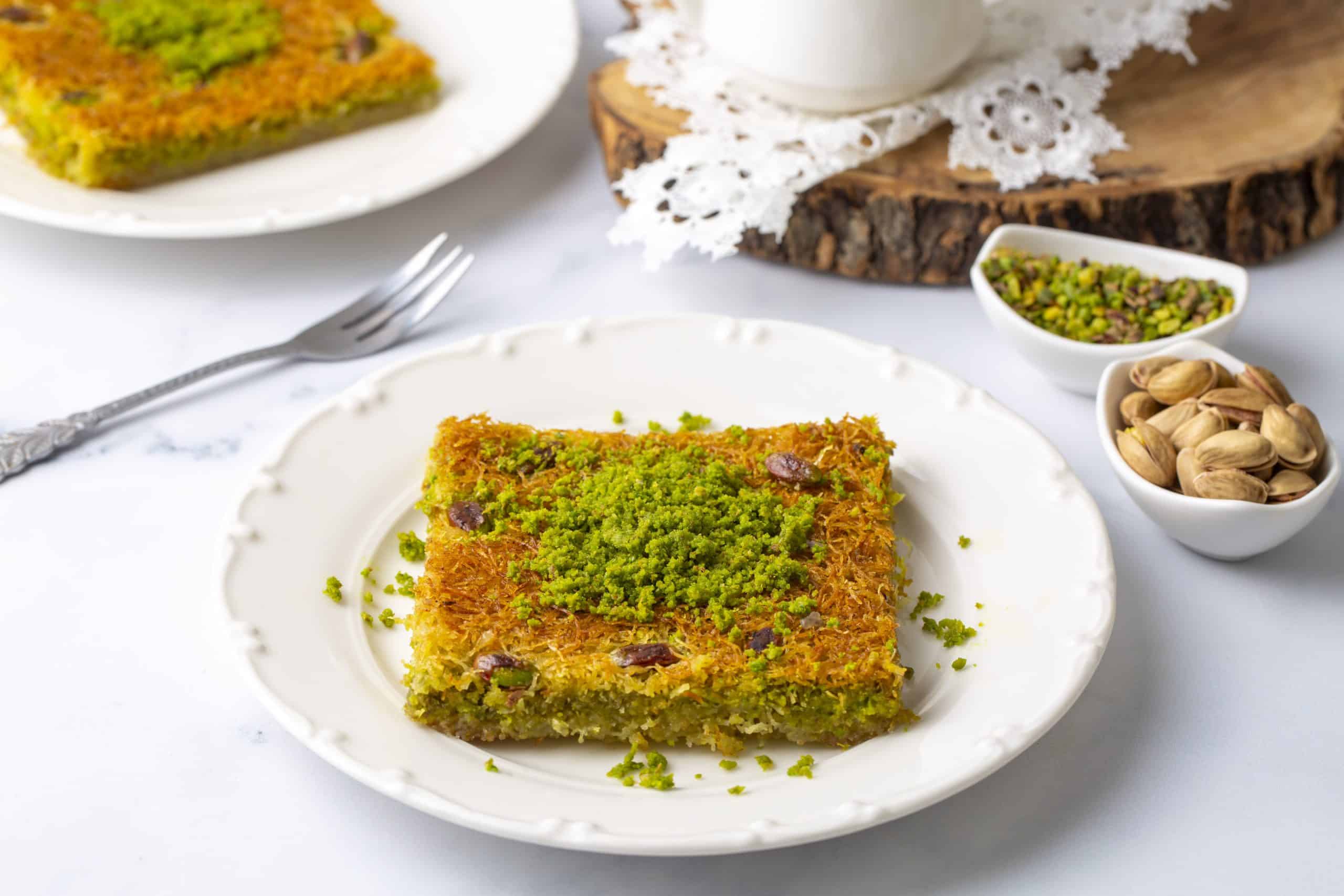What’s the Best Recipe for a Heartwarming Welsh Lamb Cawl with Root Vegetables?

In a time where comfort food has become such a staple, we take a deep dive into the wonderful world of traditional Welsh cuisine. The heart of this culinary journey takes us back to Wales, where we discover the emblematic dish of the country: the Welsh Lamb Cawl. This dish, that truly embodies the spirit of Welsh cuisine, is rich, hearty and utterly satisfying. It is steeped in history, a history that speaks volumes of the Welsh people and their food culture. But what constitutes the perfect recipe for this heartwarming dish?
This feature is your comprehensive guide to Welsh Lamb Cawl, its history, the ingredients that make it so special, and a step-by-step guide to recreating this traditional dish in your own kitchen.
A découvrir également : How to Achieve Perfectly Flaky Empanadas with a Spiced Beef Filling?
A Taste of History: The Welsh Lamb Cawl
Before diving into the recipe, it’s worth pausing a moment to explore the rich history of the Welsh Lamb Cawl. Traditionally, this dish was cooked over an open hearth in a large pot. It was a simple, yet resourceful way of using up leftover meat and vegetables. It’s the kind of dish that would simmer for hours, filling homes across Wales with its comforting aroma.
The meat, usually lamb, is slow-cooked with root vegetables, to create a rich and robust broth. The addition of potatoes and carrots gives the cawl its distinctive hearty texture. The bread, often accompanied with a generous spread of Welsh cheese, is the perfect accompaniment to this wholesome dish.
En parallèle : Can You Craft a Flavorful Thai Green Papaya Salad with a Tamarind Dressing?
The Perfect Ingredients for a Welsh Lamb Cawl
The heart of any dish lies in its ingredients. For the Welsh Lamb Cawl, the star of the show is, of course, the lamb. But not just any lamb will do. Traditionally, it was the Welsh Mountain lamb, known for its sweet and tender meat, that was used. This was then paired with root vegetables, potatoes, and leeks, which were all readily available in the Welsh countryside.
The addition of Swede, a root vegetable staple in many Welsh dishes, adds a distinctive sweet note to the dish. It’s worth noting that the quality of the ingredients can make or break the dish, so it’s worth investing in fresh, organic produce whenever possible.
The Magic of Cooking: Preparing Your Welsh Lamb Cawl
Now that we have the ingredients, let’s dive into the preparation. A key factor that sets the Welsh Lamb Cawl apart from other stews is the slow cooking process. This method allows the flavors to meld together and the meat to become tender and flavorful.
Start by searing the lamb in a hot pan, to lock in the flavors. Add the chopped vegetables and sauté until they start to soften. Then, add the stock and let the dish simmer. The slow-cooking process not only tenderizes the lamb but also allows the flavors of the vegetables and meat to infuse the broth.
The Perfect Pairing: Bread and Cheese
A traditional Welsh Cawl is never served alone. It is usually accompanied by a hearty slice of bread and a generous slice of cheese. The bread acts as the perfect sponge, soaking up the flavorful broth.
Traditional Welsh cheese, such as Caerphilly or Black Bomber, is often served alongside the cawl. The creaminess of the cheese perfectly complements the robust flavors of the stew.
The Welsh Lamb Cawl in Modern Times
The Welsh Lamb Cawl has not only stood the test of time but has also adapted and evolved. Today, many restaurants and food companies offer their own twist on this traditional dish, while still respecting its roots.
From vegan versions replacing the lamb with hearty beans to fusion recipes adding a dash of international spices, the Welsh Lamb Cawl continues to be a beloved dish in Wales and beyond. The resurgence in popularity of this hearty dish is testament to its timeless appeal and its ability to adapt and evolve with changing tastes and dietary needs.
In a news report by The Guardian in 2019, the Welsh Lamb Cawl was listed as one of Britain’s top comfort foods. This nod to the traditional dish is a testament to its enduring popularity and its ability to touch the heart of every food lover.
This journey through Welsh cuisine, particularly the beloved Welsh Lamb Cawl, is a testament to the richness and versatility of Welsh food. It’s a cuisine steeped in history, and one that continues to evolve while remaining true to its roots. So why not try your hand at making this traditional Welsh dish? It could well become a firm favorite in your own kitchen.
A Culinary Journey: Other Traditional Welsh Dishes
The rich heritage of Welsh cuisine isn’t limited to the delectable Welsh Lamb Cawl. There is an array of other traditional Welsh dishes that deserve a mention. One such iconic dish is the Welsh Rarebit, a savory treat made from a mouth-watering blend of melted cheese and mustard, served over toasted bread. It’s a simple meal, packed with flavors, and perfect for those chilly Welsh evenings.
Another popular dish is the Welsh cake, a signature sweet treat that is a cross between a cookie, a pancake, and a scone. It’s traditionally cooked on a bakestone and sprinkled with sugar. Every household and bakery in Wales boasts its own unique recipe for these delightful cakes.
Speaking of sweet delicacies, the Bara Brith, or ‘speckled bread,’ is a well-loved fruit loaf in Welsh households. The recipe includes tea-soaked dried fruits mixed with a blend of spices and baked until it achieves a rich, dark color. It’s best enjoyed with a slather of butter and a cup of tea.
Seafood lovers wouldn’t want to miss out on Conwy Mussels, a dish that captures the essence of the Welsh coastline. These sustainably harvested mussels, cooked with a hint of garlic, white wine, and cream, are a true culinary delight.
Pair these dishes with a variety of award-winning Welsh drinks, from traditional ales to fine wines and whiskeys, and you will understand why Welsh cuisine is so renowned.
Conclusion: The Unforgettable Taste of Welsh Cuisine
The journey through traditional Welsh cuisine is as much about the food as it is about the people, the culture, and the history that has shaped these dishes over centuries. The Welsh Lamb Cawl, with its robust flavors and heart-warming broth, is a reflection of the comforting and wholesome nature of Welsh food.
This cuisine is characterized by the use of local, readily available ingredients, cooked simply but with a depth of flavor that is truly remarkable. From the tender Welsh lamb in the cawl to the local cheese and root vegetables, every ingredient adds to the authenticity of the dish.
The Welsh have a unique way of turning simple ingredients into extraordinary dishes, be it the hearty cawl, the comforting Welsh Rarebit, or the sweet delights like Welsh cakes and Bara Brith. With simple recipes, Welsh cuisine has the power to transport you to the beautiful landscapes of Wales with just a single bite.
But the story of Welsh cuisine doesn’t end here. It’s continuously evolving, adapting to new trends, tastes, and dietary needs, while still preserving the essence of traditional Welsh dishes. This adaptability is what keeps Welsh cuisine relevant, exciting, and utterly delicious.
So whether you’re a seasoned cook or a novice in the kitchen, why not bring a taste of Wales into your home with these delectable recipes? Start with the heartwarming Welsh Lamb Cawl, and who knows, you might end up discovering your new favorite dish. As they say in Wales, "Mwynhewch eich bwyd!" (Enjoy your food!).
